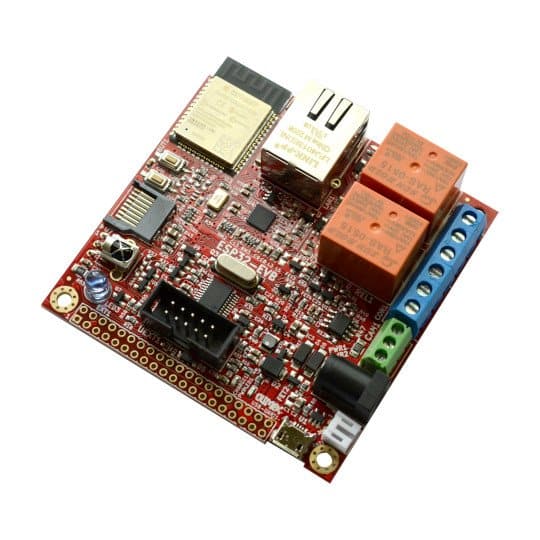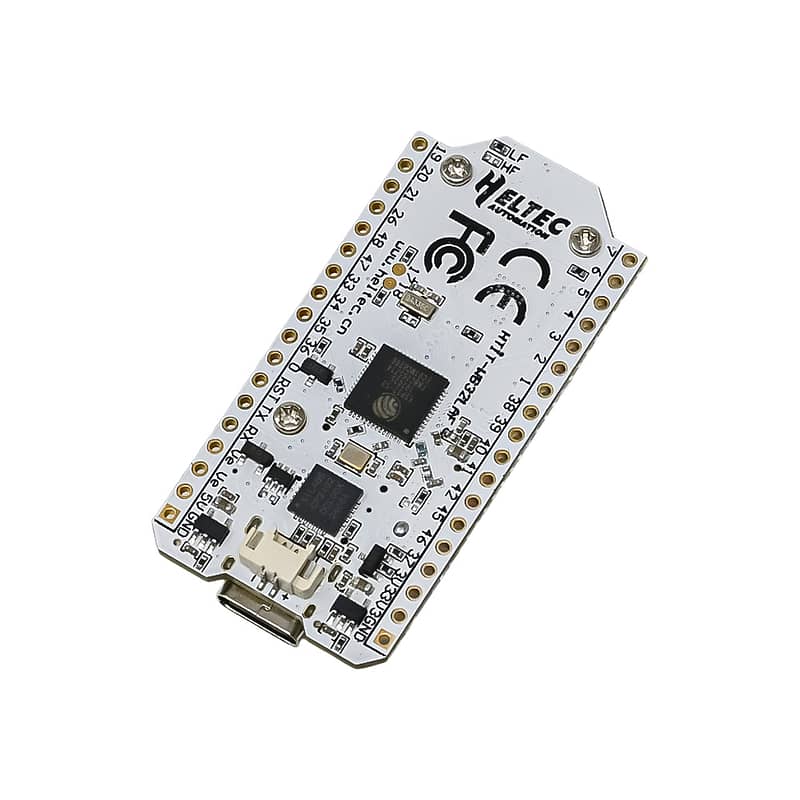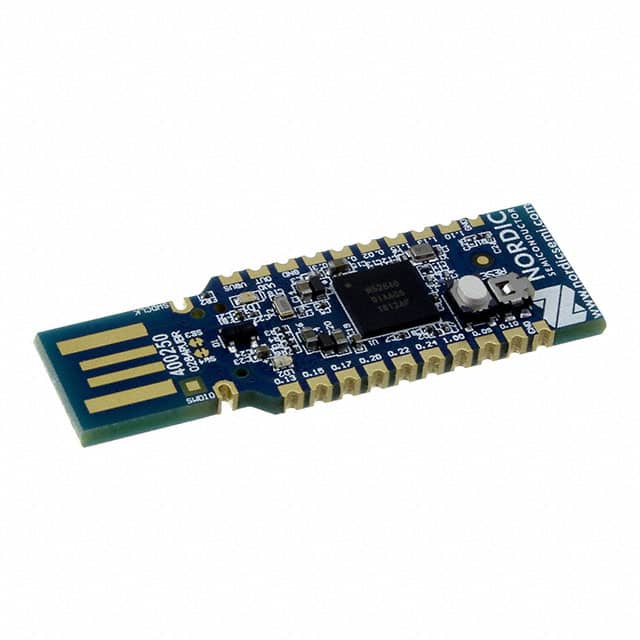
The Real Goal Behind the Game
When six humanoid robots clumsily took to the field in Beijing, it looked more like a comedy sketch than a soccer match. They wobbled, fell, and even had to be stretchered off the pitch. But behind the slapstick moments was something more serious, a major leap in embodied AI.
Held in June 2025, the inaugural RoBoLeague was China’s first fully autonomous humanoid soccer tournament. Four university teams competed using Booster Robotics’ T1 robots. The players weren’t remote controlled. Every pass, goal, and stumble came from AI decisions, with no human intervention.
And while the game itself drew laughs, the tech powering it deserves more than a second look.
Training Grounds for Smarter Machines
The soccer pitch may seem like an odd place to test robotics. But for developers, it’s a perfect setting. Fast decision-making, physical coordination, real-time perception, all tested under pressure.
Each university team embedded its own software into Booster’s standard T1 hardware. The robots had to identify the ball, plan formations, and react to opponents without help. Matches followed standard rules, with two halves and real goals. In the final, Tsinghua University’s THU Robotics team beat China Agricultural University 5–3.
Mistakes were common. One robot hogged the ball. Another tripped over its teammate. A few needed help getting back up. But every missed kick taught the AI something new.
A National Strategy in Motion
This tournament was not just a one-off. It was a preview for China’s first World Humanoid Robot Games, set for August 2025. More than 20 countries will send humanoids to compete in events like gymnastics, martial arts, and industrial handling.
For China, these games are part of a long-term push to lead in humanoid robotics. The country is already investing tens of billions in the sector. Government support now includes national competitions, research grants, and policy alignment.
Booster Robotics, which supplied the tournament hardware, sees sports as a proving ground. Its CEO, Cheng Hao, explained that dynamic movement, teamwork, and recovery from failure are critical for future real-world deployments.
Why Safety Matters First
One question still lingers in the background: can robots play safely with humans?
Cheng addressed that directly. In the future, humanoids could share sports fields with people. But safety must come first. That means robots need to understand their surroundings, limit force, and avoid collisions. By training robots in physical environments, developers can fine-tune those limits.
This matters far beyond soccer. In hospitals, warehouses, and homes, physical interaction will be essential. Fail-safe responses and controlled movement are core features, not optional extras.
Looking at the ROI
The RoBoLeague wasn’t about money. But what it showed could soon have commercial value.
Right now, China’s humanoid robotics market is growing fast. According to Morgan Stanley, the country could see over 300 million humanoid robots in use by 2050. Most will work in factories, healthcare, and logistics.
By testing movement, balance, and decision-making through sports, companies like Booster Robotics are building more reliable systems. That means less trial-and-error in deployment, fewer breakdowns, and quicker integration into daily work.
The payoff won’t come from soccer it will come from better robots in real-world jobs.
Where Mendy’s Robotics and AI Comes In
At Mendy’s Robotics and AI, we help businesses prepare for the future of automation. That includes humanoids, embodied AI, and advanced robotics like those used in RoBoLeague.
If your company wants to explore physical robotics, we can guide the process. From ROI modeling to integration planning, we make it practical. No gimmicks, just smart strategy built for real-world use.
Want to see what humanoid robotics could look like in your space?
Let’s talk about where innovation is heading and how you can be part of it now.
References
- https://www.nbcnews.com/world/china/bumbling-game-robot-soccer-was-breakthrough-embodied-ai-rcna215780
- https://pjjason.medium.com/chinas-robot-soccer-league-f29ba536eef7
- https://apnews.com/article/robots-foootball-china-ai-d49a4308930f49537b17f463afef5043
- https://www.malaymail.com/news/tech-gadgets/2025/08/03/man-of-the-match-try-machine-chinas-t1-takes-the-pitch-for-robot-world-cup/186192?utm_source=Newswav&utm_medium=Website




